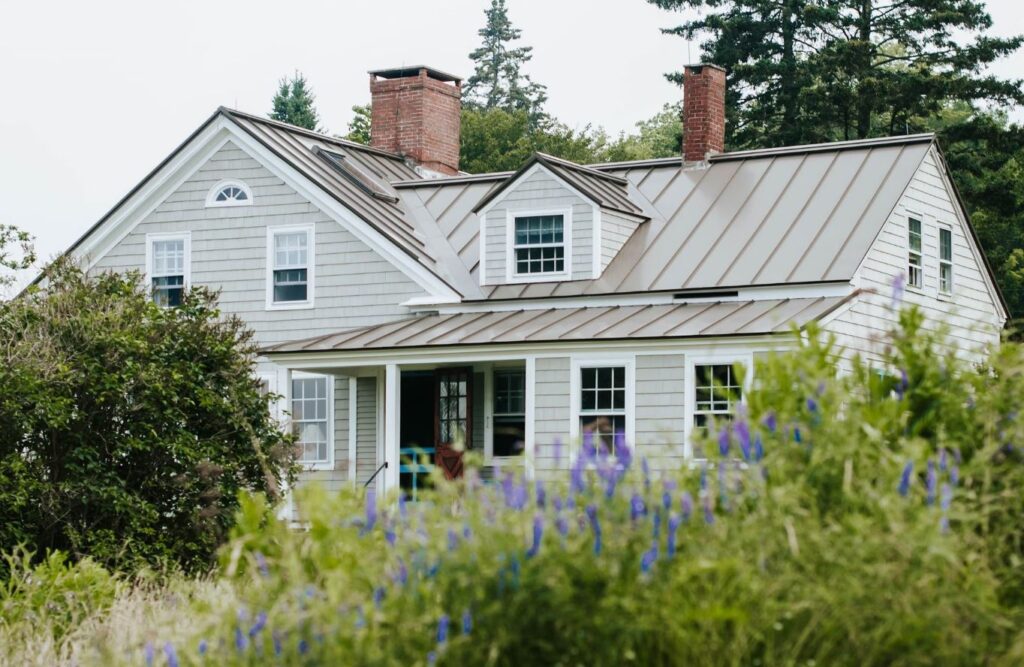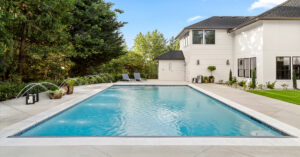
When it comes to residential roofing, selecting the right roofing material is crucial as it not only impacts the aesthetics of the home but also provides protection from the elements. There are numerous roofing materials available in the market, each with its unique features and benefits.
In this detailed article, we will explore three popular roofing materials for residential roofs: asphalt shingles, metal roofing, and clay tiles.
Asphalt Shingles
Overview
These roofing products feature a base made of fiberglass, organic materials, or a combination of both, coated with asphalt compounds and mineral granules. Asphalt shingles are designed for easy installation on a wide range of roof types, from low-slope to steep-pitch structures, and are capable of withstanding harsh environmental conditions.
Advantages
- Cost-Effective. Asphalt shingles are budget-friendly and offer a wide range of options to suit various architectural styles.
- Easy Installation. Roofers find asphalt shingles relatively easy to install, which can lead to cost savings on labor.
- Variety of Styles. Homeowners can choose from a variety of colors and styles, including architectural shingles that mimic the look of more expensive materials.
Considerations
- Longevity. While asphalt shingles have a decent lifespan of 15-30 years, they may not be as durable as other materials such as metal or clay tiles.
- Maintenance. They may require more frequent maintenance and can be prone to damage in extreme weather conditions.
Metal Roofing
Overview
Metal roofing is an increasingly popular option for residential roofs. It is a long-lasting and durable option that can withstand harsh weather conditions such as heavy rain and high winds. Metal roofing also offers a wide range of styles and colors to choose from, allowing homeowners to match their roofs to their personal aesthetic preferences.
Advantages
- Longevity. Metal roofs can last 40-70 years or more, making them a long-term investment for homeowners.
- Energy Efficiency. Metal reflects solar radiant heat, resulting in reduced cooling costs during hot summers.
- Environmentally Friendly. Many metal roofing materials contain a high percentage of recycled content and are fully recyclable at the end of their service life.
Considerations
- Higher Upfront Cost. Metal roofing typically has a higher upfront cost compared to asphalt shingles, although it offers long-term savings due to its durability.
- Expansion and Contraction. Proper installation techniques are crucial to account for the expansion and contraction of metal panels, especially in regions with fluctuating temperatures.
Clay Tiles
Overview
Clay tiles have been used in residential roofing for centuries and are known for their timeless beauty and exceptional durability. They are available in a variety of profiles, including Spanish, Mission, and French styles.
Advantages
- Aesthetic Appeal. Clay tiles impart a sophisticated, classic look to residential properties and are available in a range of rich, earthy hues.
- Longevity. With proper maintenance, clay tile roofs can last over 100 years, outlasting many other roofing materials.
- Fire Resistance. Clay tiles are non-combustible, offering excellent fire protection for homes.
Considerations
- Weight. Clay tiles are heavier than other roofing materials, so it’s essential to ensure that the roof structure can support the additional load.
- Professional Installation. Installing clay tiles requires expertise to ensure proper waterproofing and structural integrity.
Choosing the right roofing material for residential roofing is a decision that involves considering factors such as budget, longevity, and aesthetic preferences. Each of the discussed materials—asphalt shingles, metal roofing, and clay tiles—offers distinct advantages and considerations. Homeowners should carefully assess their needs and consult with roofing professionals to determine the best fit for their residential roofing project.
By understanding the characteristics of these popular roofing materials, homeowners can make informed decisions when it comes to enhancing the durability and curb appeal of their residential properties.


